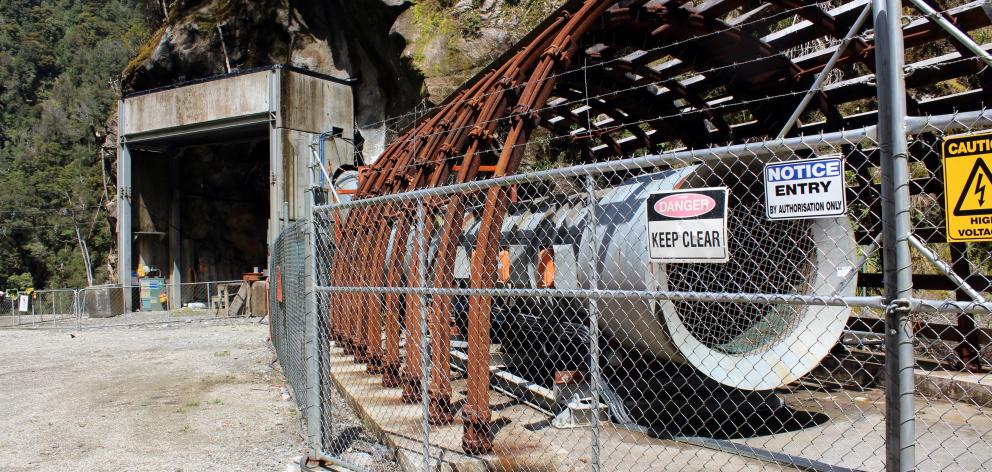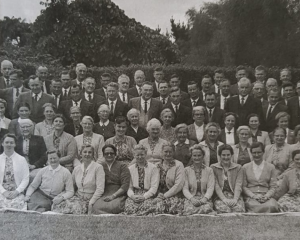
Gawn appeared before the finance and expenditure select committee at Parliament this morning, a day after Pike River Re-entry Minister Andrew Little said that re-entry would begin on May 3 this year by breaking through the 30-metre seal at the start of the mine’s drift.
Twenty-nine men died after a series of explosions at the mine in November 2010.
Gawn told MPs that, if things go according to plan, the whole drift to the roof fall area could be recovered by the end of September.

But Gawn said he had not been under any political pressure for the agency to go into the drift, nor would he allow it.
“Do I feel confident that I’m not going to get any political pressure? Absolutely. Quite frankly I wouldn’t accept that. It would be very public if there was.”
National MP Judith Collins jokingly added: “We could help you with that.”
Gawn added that safety was paramount and he would not hesitate to call off the re-entry plan if necessary.
“The families know that, notwithstanding the fact that they’d love to be able to recover the area where most likely their loved ones are. But they don’t want to see any other injuries.”
He said it was “certainly possible” that the operation could recover some of the workers who perished at the mine. Some had been near the roof fall that now blocks the far end of the drift, and some may have tried to move closer to the entrance after the first explosion.
“It’s possible there may have been some movement, a drift runner, which is a vehicle that carries them out, shortly after the first explosion ... We really don’t know until we get in there,” Gawn said.
The main safety concerns were the level of methane gas and the explosive atmosphere it can create, the potential of fire in the roof fall area - where there had been fires previously - and the possibility of the drift collapsing.
Gawn said there were plans in place to mitigate these risks, and last Friday the agency had run through a rehearsal of what to do if the drift collapsed.
“I’m confident we have minimised the risk to the smallest amount that we can. You can’t undertake mining operations without an element of risk. That remains there, but in terms of having contingency plans, having the right equipment, having the right training, doing the right rehearsals - absolutely.”
He said he was surprised that Bernie Monk, a key supporter of the project who lost a son in the 2010 tragedy, had withdrawn from the Family Reference Group after refusing to sign a document that asked him not to reveal information that could interfere with a police investigation.
Gawn said he had yet to speak to Monk about it.
“What both the Family Reference Group and we have said is that Mr Monk is welcome to continue to engage with Pike River in the totally transparent approach that we have.”
The Government has provided $36 million to the agency, which Gawn said may not be enough.
“Knowing there are uncertainties in terms of the amount of roof that has to be supported, I’m not going to be beat around the bush. It’s likely to be tight,” Gawn said.
The chief purposes of the operation were to look for reasons behind the explosions in 2010, recover any human remains, gather any forensic evidence, and to provide closure for those who lost loved ones.
“This is a chapter of New Zealand history that’s not closed,” Gawn said.












